LOS ANGELES — In the days after the debacle, several members of the Los Angeles Dodgers approached Yoshinobu Yamamoto. The weight of a Game 1 failure in the National League Division Series hung on his shoulders, his distress obvious to a group that does not speak his language. A procession of teammates tried to lift his spirits. He heard from pitchers and catchers, infielders and outfielders, coaches and executives, all offering some version of the same message.
“He’s one of the best pitchers in the world,” backup catcher Austin Barnes said.
“Everybody wrapped their arms around him,” pitching coach Mark Prior said.
“Once in a while,” injured veteran Clayton Kershaw said, “you just have to remind him: You are a stud. You might be a rookie. But you are a stud.”
On Friday night, in a game with little room for error, against an opponent who had come close to ruining his inaugural season in Major League Baseball, Yamamoto looked the part. He permitted only two hits across five innings while pacifying the relentless San Diego Padres lineup in a 2-0 Game 5 victory. He outdueled his friend, countryman and childhood inspiration Yu Darvish. Yamamoto helped the Dodgers extend a string of 24 scoreless innings to rebound from a 2-1 deficit and set up a dalliance with the New York Mets in the National League Championship Series.

Yoshinobu Yamamoto and Shohei Ohtani celebrate defeating the Padres. Next up: The New York Mets in the NLCS. (Harry How / Getty Images)
The Mets were considered a likely destination for Yamamoto, a 26-year-old right-hander, when he was posted by the Orix Buffaloes last winter. The Dodgers won the bidding war with a 12-year, $325 million contract in addition to a $50 million posting fee. His rookie season was colored by successes, adjustments and a shoulder injury. His hands are small. His frame is slight. His build might only intimidate a sales clerk at GapKids. In Game 5, he still demonstrated exactly why the Dodgers outbid the rest of the industry and handed Yamamoto the heftiest contract ever for a pitcher.
“This kid did not get the money that he got because of his potential,” utility man Kiké Hernández said. “This is not the draft. He got the money because of who he is, and who he is is what he showed out there tonight.”
The Dodgers configured their patchwork rotation for a night like this. Yamamoto started Game 1 because the team wanted him available for a potential Game 5. He does not pitch on the traditional American baseball schedule; every outing he has thrown this season has come with five days of rest or more. Yet the team did not commit to him as the starter for Game 5 until Thursday afternoon, after days of deliberation.
Their concern stemmed from Yamamoto’s disjointed season and his struggles against San Diego. He missed all of July and August with a strained rotator cuff. Upon his return in September, he pitched beyond the fourth inning just once. The Padres had pilloried him in his debut in the Seoul series back in March. In Game 1 last week, he logged only three innings and surrendered five runs, getting tagged for extra-base hits by Fernando Tatis Jr. and Manny Machado when he wasn’t nibbling around the strike zone. The Dodgers came back to win, but Yamamoto still looked humiliated afterward to his teammates.
“He was really deflated after Game 1,” president of baseball operations Andrew Friedman said. “He felt the weight of letting down his teammates, the city, the entire Dodger nation.”
The rest of the group noticed his discontent. He heard from them during the intervening games in Los Angeles and San Diego. After the Dodgers utilized eight relievers to win Game 4, manager Dave Roberts told Yamamoto to prepare for Game 5. The team discussed utilizing a reliever in front of him, specifically to target the right-handed duo of Tatis and Machado. In the end, the club decided against messing with Yamamoto, who had never pitched behind an opener.
There would be no tricks, no gimmicks, no bullpen game redux. They needed Yamamoto to keep their season alive.
“At the end of the day,” Roberts said before the game, “we’re making a bet on a guy to pitch the game of his life.”
In reality, the Dodgers would have been happy with a three-inning outing. The bullpen was prepared. Jack Flaherty, the Game 2 starter, was also available. The team identified an obvious inflection point to consider pulling Yamamoto: Tatis’s second at-bat.
Tatis tattooed Dodgers starters all series. He smacked a double off Yamamoto in Game 1 and a homer off Flaherty in Game 2 and another homer off Walker Buehler in Game 3. Yamamoto opted to attack him in Game 5. Tatis swung over a slider for a strikeout in the first inning. Yamamoto kept challenging San Diego hitters as he breezed through the lineup. His fastball sat at 97 mph. He also experienced some good luck: The Padres hit six balls with an exit velocity of 100 mph or more, and only one fell for a hit. “He gave us more pitches to hit, but we hit it right at some people,” Padres shortstop Xander Bogaerts said.
The hit came in the third inning from catcher Kyle Higashioka, who turned around a 97 mph fastball for a single. Luis Arraez lined a first-pitch fastball into right for another single. The speed of the sequence created a worrisome scenario for the Dodgers, as Tatis came to the plate with runners aboard. There was not enough time for Roberts to summon a reliever. He needed Yamamoto to subdue the threat.
Yamamoto missed low with a slider before spotting a curveball for a strike. He dumped two more breaking balls below the zone. Catcher Will Smith signaled for a 3-1 slider. “It’s a tough out,” Smith said. “You’ve got to execute. I just felt the slider was working.” The pitch dove beneath Tatis’s shins. He still swung. A grounder rolled toward third baseman Max Muncy for an inning-ending, lead-saving, season-extending double play.
Yamamoto did not permit another base runner. With Evan Phillips warming in the fifth inning, Yamamoto retired the side with ease. His final pitch was another 97 mph fastball. After Padres infielder Jake Cronenworth grounded out, Yamamoto exited to a standing ovation. Roberts met Yamamoto at the dugout’s top step. The manager wrapped his pitcher in a hug.
“I believed in him,” Roberts said. “I knew he was going to rise to the occasion.”
Yamamoto watched from the dugout as the relievers slammed the door on San Diego. He joined the gleeful mosh pit near the mound after Blake Treinen recorded the final out. Yamamoto stood on the edge of the celebration, thumping his teammates on the back, until they realized it was him. Then he entered the center of the throng, surrounded by the group that had buoyed him out of his despair earlier this series.
“What he did tonight was he gave us everything he had,” Barnes said. “It was one of the better-pitched games I’ve seen — against a really tough f—ing lineup. He’s awesome. We couldn’t ask for anything else.”
(Top photo of Yoshinobu Yamamoto and Will Smith: (Harry How / Getty Images)


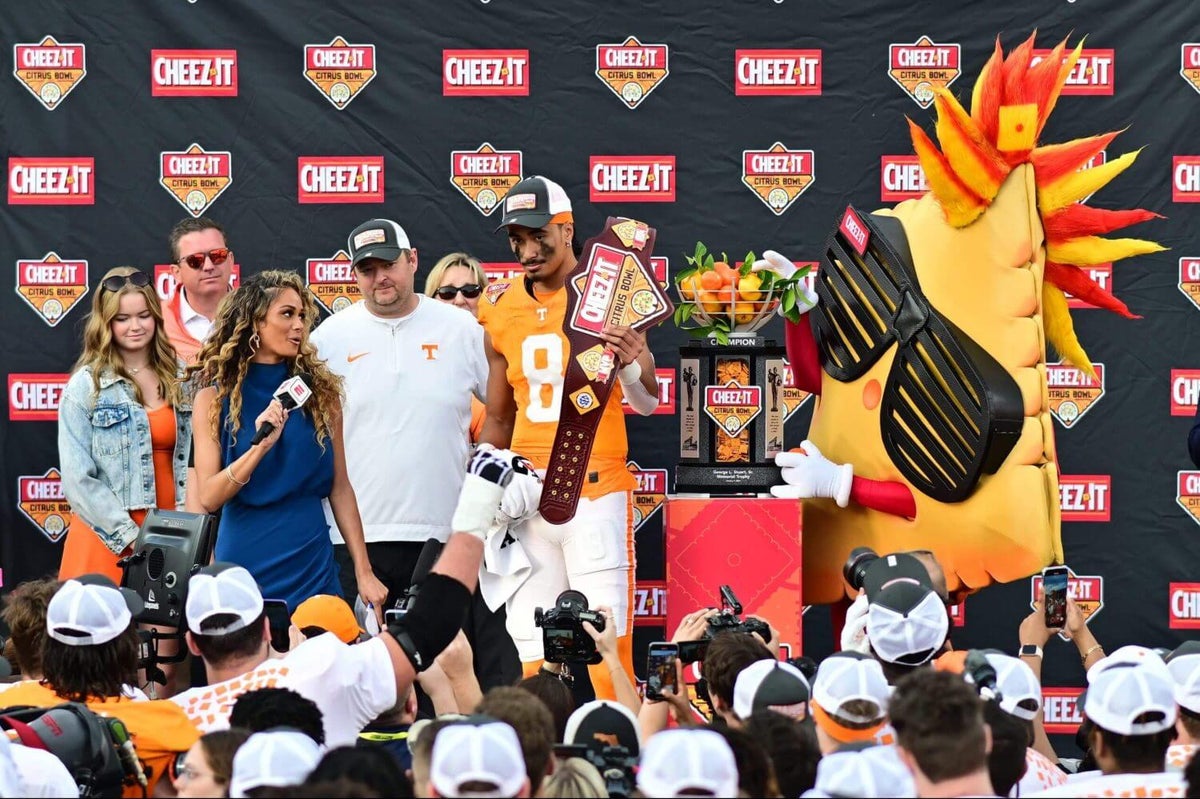
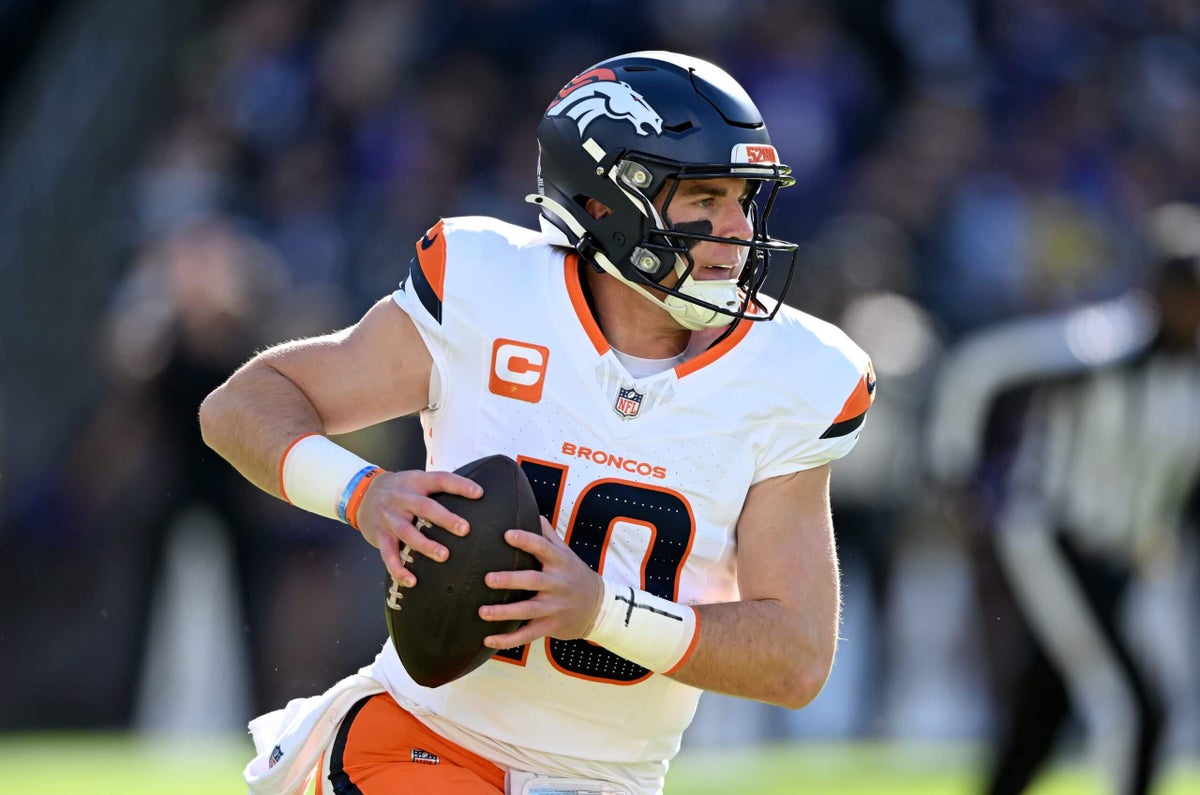

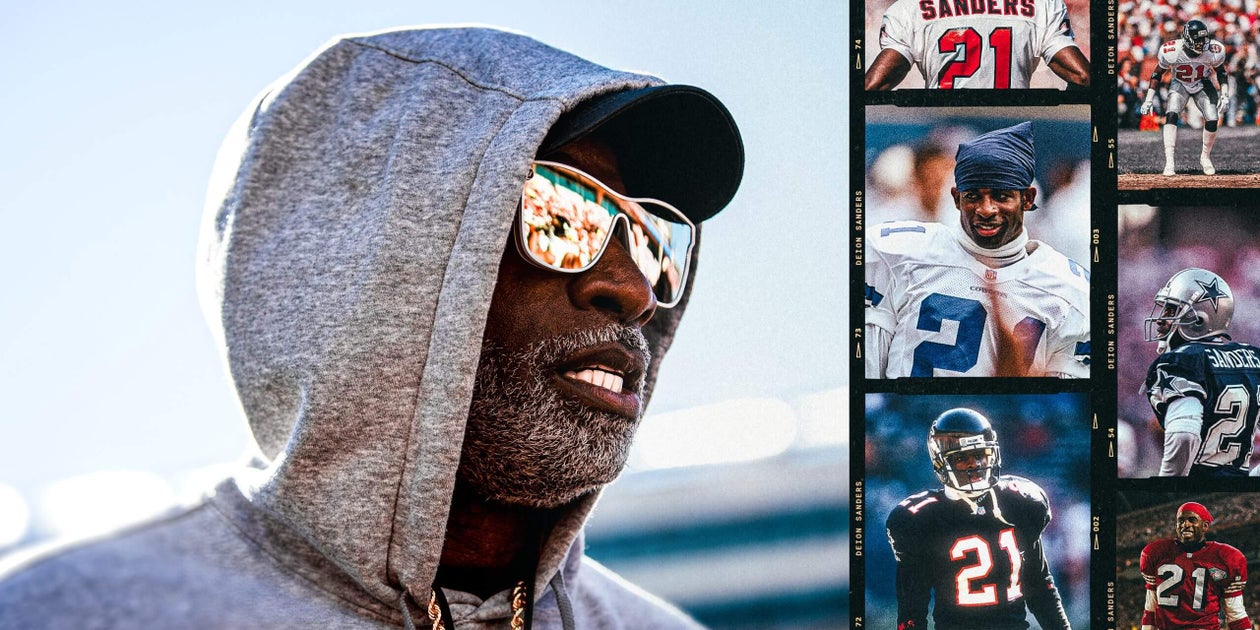
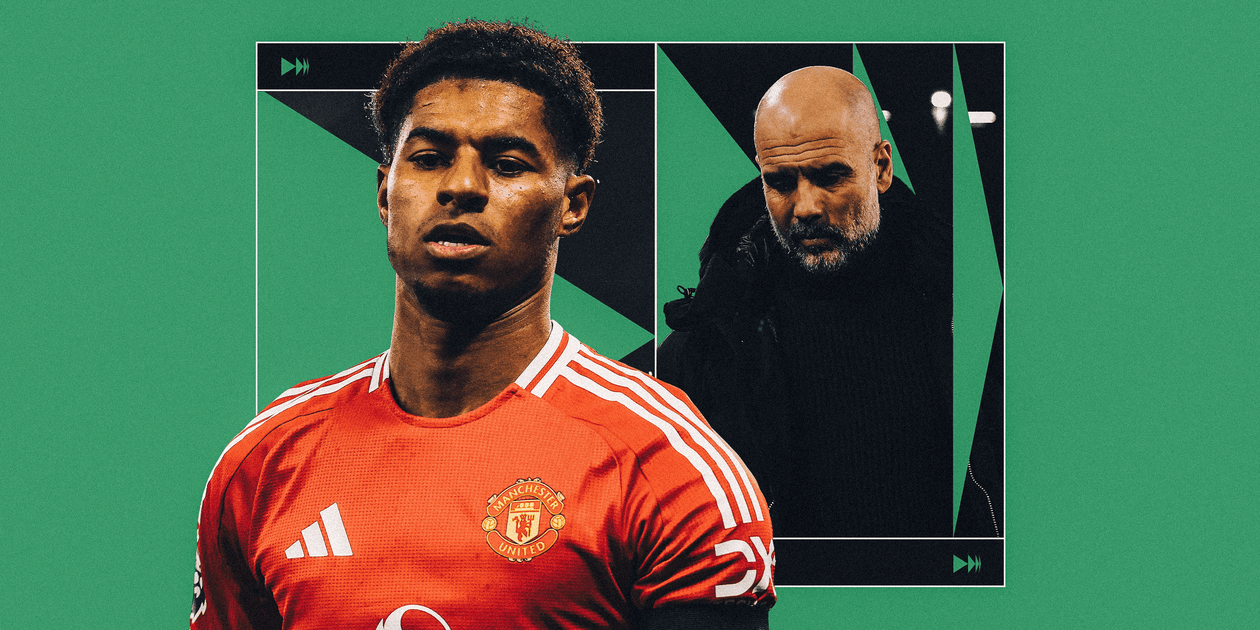
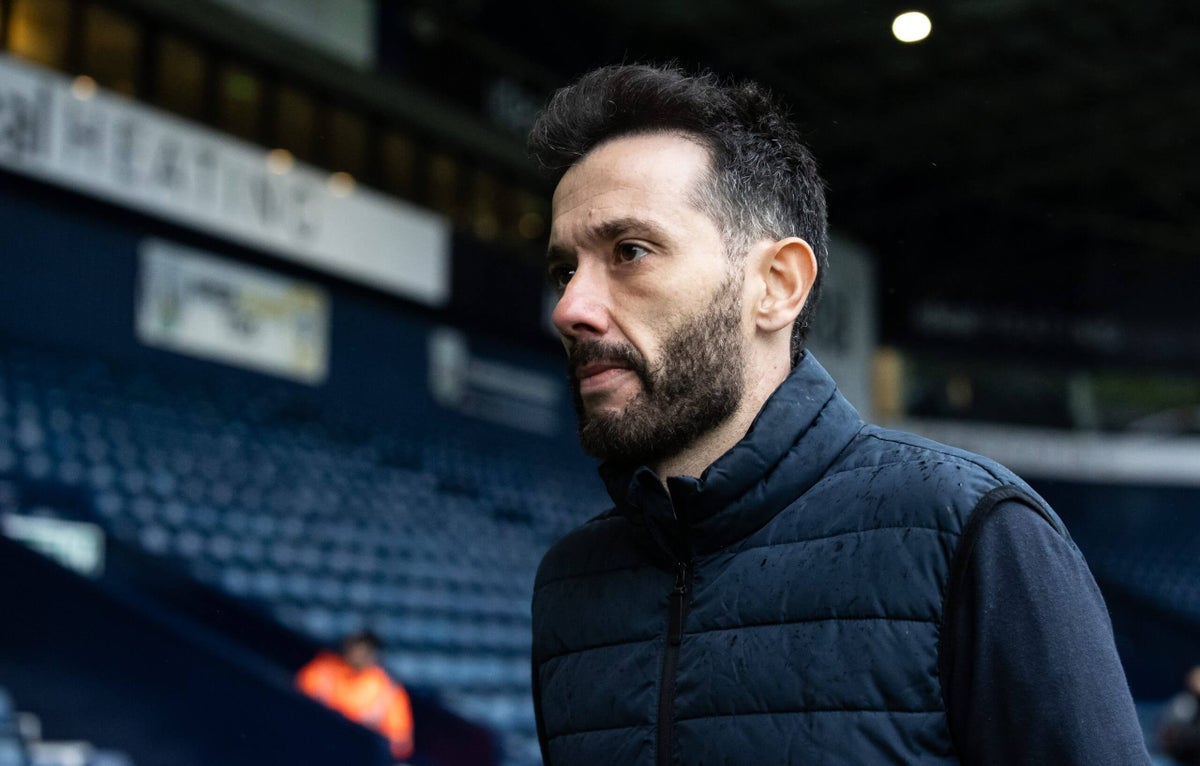





Leave a Reply